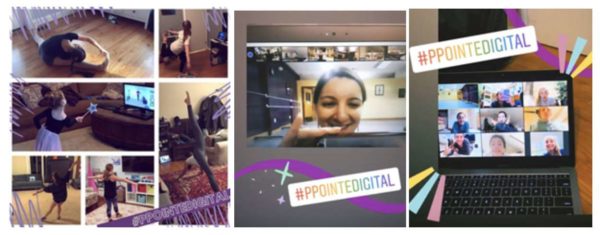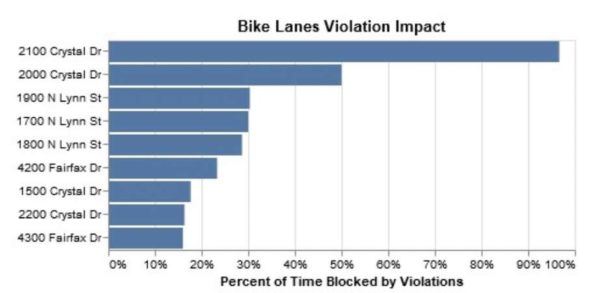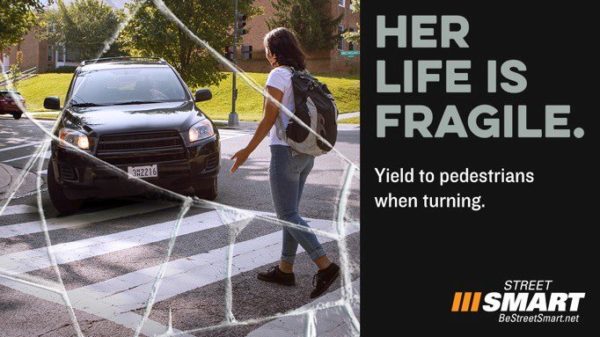 Modern Mobility is a biweekly opinion column. The views expressed are solely the author
Modern Mobility is a biweekly opinion column. The views expressed are solely the author
As part of our response to COVID-19, travel has ground to a halt. Automotive vehicles miles traveled is down around 90% in Arlington County according to Streetlight Data, while transit service has been cut drastically across the board. As Virginia starts to slowly move into its phased reopening plan, Arlington needs to prepare for the return of travel.
COVID-19 is likely to impact our transportation choices for months, if not years to come. What do we want our transportation system to look like post-COVID?
Transit’s core efficiency of moving lots of people efficiently is predicated on those people being pretty close together, a situation that many people will be loathe to enter in the foreseeable future. Even if they wanted to, Metro’s current reopening plan doesn’t see full service resume until the Spring of 2021.
With around one-fourth of Arlington residents relying on transit for their commute and about one-fourth of those who work in Arlington but live elsewhere doing the same, where are those people going to turn when they return to work?
If we maintain the status quo, the most likely answer is their own private automobile. If you thought D.C.-area traffic was bad before, you won’t want to see how that future looks. If you dislike trying to walk or bike safely while maintaining proper social-distancing now, imagine what it will be like when traffic levels surpass previous norms.
Purchasing a car, or a second car, generally ends up being the equivalent of pre-paying for a bunch of single-occupancy vehicle commutes. Once people have that car, they tend to discount that sunk cost when making a decision about the most cost-efficient means to future travel. Helping people continue to not own a car is much easier than getting someone to give up a car in the first place.
What if, instead, we used this time of low-traffic and social-distancing to reclaim our streets for people instead of cars? For healthy-living instead of spewing CO2? People are looking for more space to walk and bike NOW. In the coming months they will be looking for a new way to get to work.
Now is the time to pause some of our expensive transit investments, like Metro station second entrances, and divert some of those resources into a quick-build, all-ages, low-stress bike network that can help with socially-distant exercise as well as give people another mobility option when more frequent travel returns.
Chris Slatt is the current Chair of the Arlington County Transportation Commission, founder of Sustainable Mobility for Arlington County and a former civic association president. He is a software developer, co-owner of Perfect Pointe Dance Studio, and a father of two.







